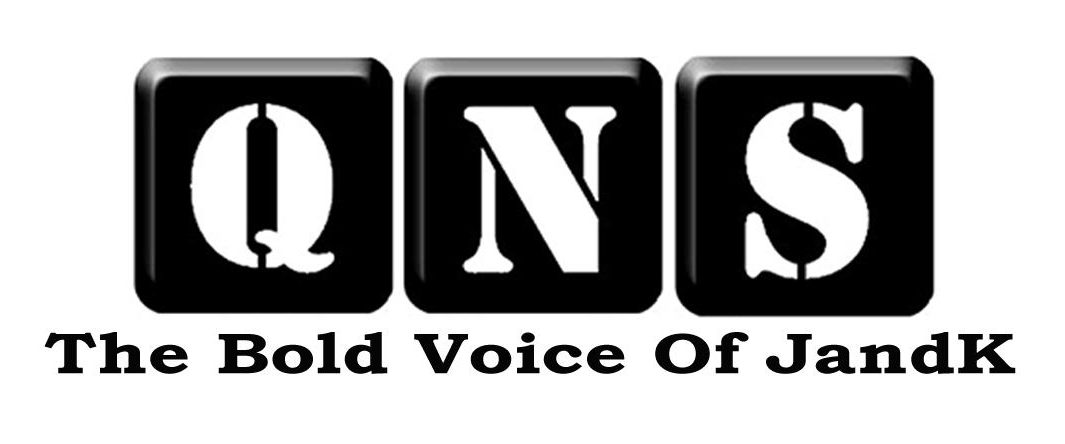Sajad Lone retains stronghold, Er Rashid struggles to recreate Lok Sabha success; Independents poised to play key role in potentially fractured assembly; All eyes on Oct 08
Srinagar, Oct 05: As the three-phase election in Jammu and Kashmir concluded, the political atmosphere remains charged, with results scheduled to be announced on October 8. However, exit polls, released Saturday evening, provide a glimpse into the potential outcomes.
Most Exit polls give a clear cut majority to the National Conference and Congress alliance with the bonhomie crossing the +45 mark. The focus now shifts to how accurate these predictions could be, especially given the complex political landscape of the erstwhile state.
As per the details available, two major surveys – Aaj Tak’s CVoter and People’s Pulse – have shared their projections for the 90 seats of the Jammu and Kashmir Assembly.
*Aaj Tak’s CVoter Exit Poll:*
– NC-Congress Alliance: 40-48 seats
– BJP: 27-32 seats
– PDP: 6-12 seats
– Others (Sajad Lone, Engineer Rashid, and Independents): 6-11 seats
*People’s Pulse Exit Poll:*
– NC-Congress Alliance: 46-50 seats
– BJP: 23-27 seats
– PDP: 7-11 seats
– Others (including Sajad Gani Lone and Engineer Rashid): 4-6 seats
Both polls suggest a strong performance by the National Conference (NC) and Congress alliance, positioning them as the frontrunners, while the BJP is anticipated to follow closely. The People’s Democratic Party (PDP), once a key player, appears to be facing a sharp decline, likely securing fewer seats compared to previous elections. Interestingly, players like Sajad Gani Lone’s People’s Conference and Engineer Rashid’s Awami Ittehad Party, along with independents backed by Jamat-e-Islami, are projected to gain enough seats to play a possible decisive role.
The predictions suggest that Sajad Lone may secure victories in at least two constituencies, while Engineer Rashid, despite losing momentum in North Kashmir compared to his Lok Sabha performance, could still influence the outcome. Both individuals are expected to be critical in forming coalitions if fractured assembly is witnessed.
*A Comparison with 2014 Exit Polls*
The last assembly elections held in Jammu and Kashmir in 2014 also revealed a politically fragmented scenario, with exit polls back then pointing towards a hung assembly. However, a direct comparison with the 2024 predictions highlights significant shifts. In 2014, the PDP was predicted to emerge as the largest party:
-C-Voter Exit Poll (2014):
– PDP: 32-38 seats
– BJP: 27-33 seats
– National Conference: 8-14 seats
– Congress: 4-10 seats
– Others: 2-8 seats
Similarly, ABP-Nielsen and News Nation Exit Polls reflected these trends, suggesting a close contest between the PDP and BJP. Back then, the National Conference under Omar Abdullah was predicted to suffer major losses, with the Congress trailing even further.
The 2014 exit polls proved to be relatively accurate. PDP did become the largest party with 28 seats, followed by the BJP with 25 seats, while the National Conference and Congress together managed just 15 seats and 12 seats respectively.
*The Reliability of Exit Polls*
Despite providing a snapshot of voter sentiment, exit polls have often missed the mark, especially in regions with complex and volatile political climates like Jammu and Kashmir. Several factors, including low voter turnout in certain regions, voting pattern shifts, and the dynamics between alliance partners, often lead to discrepancies between poll predictions and actual outcomes.
Exit polls rely on voter responses as they leave the polling booth, collected by survey agencies. This data is analyzed using mathematical models to predict seat allocations for different parties. However, the accuracy of these predictions can be influenced by the sampling methods, timing, and regional nuances.
In Jammu and Kashmir, factors such as voter turnout in militancy-affected areas, regional allegiances, and alliances could heavily impact the final results. This was seen in 2014 when exit polls failed to account for the eventual PDP-BJP alliance that governed the state until its collapse on June 18, 2018.
*Looking Ahead to October 8*
As the countdown to the official results begins, these exit polls provide insights into what could unfold on October 8. With NC-Congress predicted to lead and BJP maintaining a strong foothold, the possibility of a coalition government looms large. Smaller parties and independents are expected to play a key role in shaping the next government in the region.
Exit polls may guide public discourse, but they remain estimates. Given the lessons from 2014, only the actual election results will confirm the political direction of Jammu and Kashmir. Until then, the wait continues to see whether these predictions hold true or if the electorate delivers a surprise once again.(KNO)










